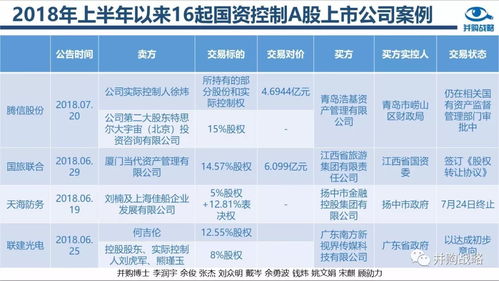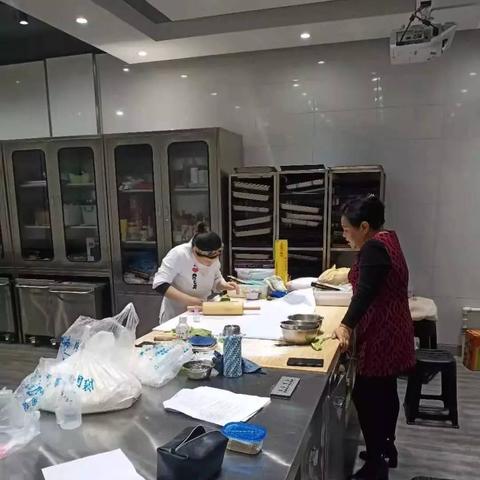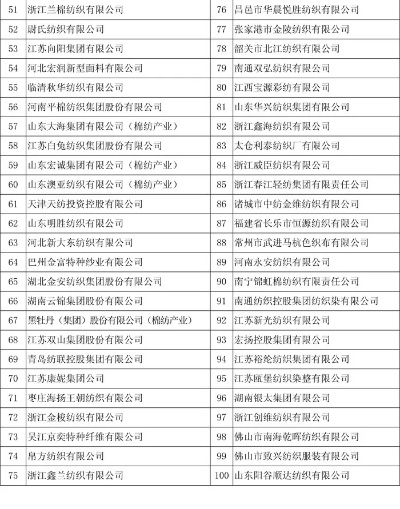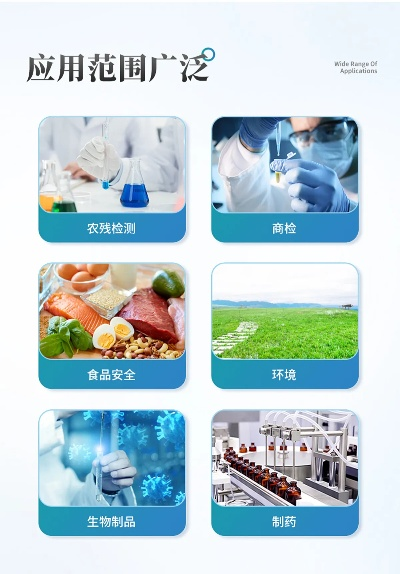The Fabric of Fashion:An Overview of Textile and Knitted Apparel
This article provides a comprehensive overview of the fabric of fashion, examining the various textile and knitted apparel categories. The discussion covers the importance of textiles in creating the aesthetic appeal of clothing, as well as the role of knitting techniques in shaping garments with intricate patterns and designs. The article highlights the significance of sustainable materials in contemporary fashion, exploring the ethical implications of using eco-friendly textiles. Additionally, it explores the diverse range of knitted apparel available, from classic sweaters to modern accessories, highlighting their unique characteristics and how they contribute to the overall fashion statement. Overall, this article offers an insightful perspective on the complex interplay between textiles and knitting techniques in shaping the fabric of fashion, providing valuable information for both designers and consumers alike.
Introduction: In the realm of fashion, textiles and knitted apparel are not only functional but also a testament to human creativity, innovation, and craftsmanship. This article aims to provide an overview of the two key categories of apparel that make up the vast fabric of contemporary fashion. We will delve into the history, materials used, manufacturing processes, and how these items contribute to the overall style and aesthetic appeal of clothing.
Textiles: Textiles refer to fabrics that are woven, knitted, or crocheted from threads, yarns, or filaments. These materials can be made from natural fibers such as cotton, wool, silk, or synthetic fibers like polyester and nylon. Textiles are characterized by their durability, breathability, and ability to adapt to various forms of wear and washing. They come in a wide range of colors, patterns, and textures, making them versatile and suitable for different occasions and styles.
Manufacturing Processes: The production of textiles involves several steps, including spinning, weaving, knitting, and crocheting. Spinning involves the creation of thread from raw materials like cotton or wool. Then, the thread is woven into a fabric using a loom or other equipment. Knitting involves looping together individual stitches to create a single row of fabric. Finally, crocheting involves creating a series of loops to form a three-dimensional shape.
Case Study: One example of a textile product that showcases the beauty of craftsmanship is the classic Chanel suit jacket. Made from pure wool, this piece exudes elegance and sophistication. Its intricately woven pattern and subtle color variations reflect the skillful work of the tailors who created it. This jacket is not just a garment; it is a testament to the timeless appeal of traditional textiles combined with modern design elements.
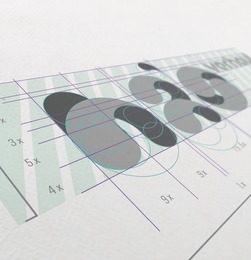
Knitted Apparel: Knitted apparel, on the other hand, is made by interlocking loops of yarn to create a structured fabric. It is often associated with cozy sweaters, scarves, hats, and even outerwear. Knitting is a craft that requires precision and patience, as each stitch must be carefully placed to ensure the garment's strength and comfort.
Manufacturing Processes: Knitting involves the use of circular needles that create a series of loops on the fabric. The process starts with selecting the appropriate yarn and preparing the knitting machine. The yarn is fed through the machine, which then creates the loops one at a time. Once the desired number of loops have been formed, they are pulled tight to form the final garment.
Case Study: Consider the iconic Marimekko scarf, a popular knitted accessory worldwide. Made from a blend of wool and silk, this scarf is not only practical for keeping warm but also stylish. Its unique geometric patterns and playful colors make it a staple in many women's wardrobes. The Marimekko brand has masterfully captured the essence of Finnish design with its knitted goods, showcasing the beauty of traditional craftsmanship in contemporary fashion.
Conclusion: Textiles and knitted apparel are integral components of the fashion industry, reflecting the rich history, diversity, and creativity of human civilization. From the luxurious fabrics of luxury brands to the simple yet functional pieces made from everyday materials, these products embody the spirit of fashion and the desire for personal expression. As consumers, we have the opportunity to appreciate the beauty of these textiles and knitted garments, recognizing the hard work and dedication that goes into every piece we wear.
开场白
Hello, I'm here to discuss the intricate connection between clothing and textiles, specifically, the category of "服装属于纺织品针织品". Let's delve into this topic in detail.

服装与纺织品针织品的定义与分类
-
服装的定义 服装通常指的是人们穿着的衣物,包括衣物、服饰配件等,它涵盖了各种材质、款式和设计,以满足不同人群的需求。
-
纺织品针织品的分类 纺织品针织品是一种通过编织技术制成的产品,通常由纱线、纤维等原材料经过编织、缝制等工艺制作而成,根据不同的工艺和特性,纺织品针织品可以被分为多种类型,如纯棉针织品、羊毛针织品、丝绸针织品等。
服装与纺织品针织品的关联性
服装与纺织品针织品之间存在着密切的联系,从材质的角度来看,服装通常是由纺织品针织品制成的,无论是面料的选择还是款式的设计,都需要考虑到纺织品的特性,纯棉面料柔软舒适,适合制作休闲服装;而丝绸面料则具有光泽和质感,适合制作高端服装。
从工艺的角度来看,纺织品针织品的制作过程需要经过多个工序,如编织、缝制、整理等,这些工序都需要精细的工艺技术和设备支持,纺织品针织品的质量和工艺水平直接影响到服装的品质和外观。
案例说明
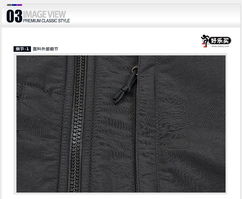
让我们通过一个具体的案例来说明服装与纺织品针织品的关联性,假设有一家服装品牌,他们主要销售各种针织衫和毛衣,这些针织衫和毛衣的主要材料是高品质的纯棉针织品,通过精湛的工艺技术制作而成,由于采用了高品质的纯棉针织品作为材料,这些服装不仅舒适透气,而且具有很好的保暖性能和时尚感,这些服装的设计也充分考虑了消费者的需求和喜好,无论是款式还是颜色都深受消费者喜爱。
服装与纺织品针织品的实际应用与市场趋势
随着人们生活水平的提高和消费观念的转变,纺织品针织品在服装行业中的应用越来越广泛,无论是高端定制服装还是日常穿着的普通服装,都需要用到纺织品针织品,随着环保意识的提高和可持续发展理念的普及,越来越多的消费者开始关注纺织品针织品的环保性和可持续性,纺织品针织品的市场需求和品质要求也在不断提高。
服装属于纺织品针织品,纺织品针织品在服装行业中扮演着重要的角色,无论是材质的选择还是工艺的制作,都需要考虑到纺织品的特性以及消费者的需求和喜好,随着人们生活水平的提高和消费观念的转变,纺织品针织品的市场需求和品质要求也在不断提高,我们应该注重纺织品针织品的品质和工艺水平,以满足消费者的需求和提高市场竞争力。
Articles related to the knowledge points of this article:
Top Ten Textile Brands in the rankings of textile brands
Textile Brands Top Ten Rankings
The Dynamics of Sustainable Fashion:An Exploration into Lichuang Textile
